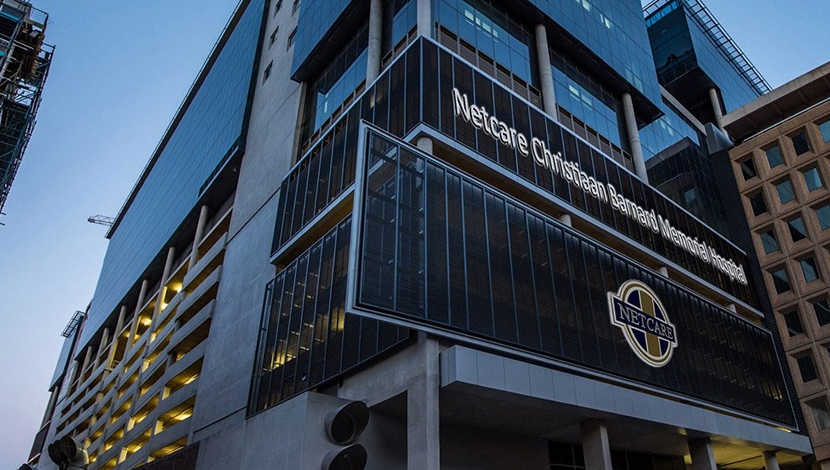

The new flagship Netcare Christiaan Barnard Memorial Hospital has been opened in Cape Town’s CBD. The 16-storey building, with about 30 000 m2 of floor space, will comprise 248 beds, of which 61 will be used for intensive care and high care.
The hospital hosts 11 theatres, two cardiac catheterisation laboratories, medical, surgical and paediatric wards, a maternity unit incorporating delivery rooms, a dedicated caesarean theatre and neonatal intensive care unit, as well as doctors’ consulting rooms and eight floors of public parking.
Situated on the corner of Rue Bartholomew Diaz Plain and DF Malan street, this marks the first phase of a development that will culminate in the establishment of a medical precinct and centre of excellence, the first of its kind in South Africa. It will offer a comprehensive range of primary, secondary and tertiary medical, emergency, diagnostic and rehabilitative services.
The building housing the hospital was originally built in 1969 to serve as a commercial building and parking garage, before it was converted and opened as City Park Hospital in 1983. “A comprehensive building audit revealed that the cost of renovation would be 95% of the projected cost of developing a new, purpose-built hospital. And so, by November 2009, a decision was made to relocate the hospital,” Netcare CEO Dr Richard Friedland explained.
Construction so near to the waterfront and harbour required the services of specialist aviation and marine consultants. Construction of the new hospital building started in June 2013, commissioning started in July 2016 and was concluded in November.
Areas totalling 5 000 m2 have been designed on a number of floors for the future expansion of beds and other services, with the building having the capacity to accommodate up to 375 beds in future.
The hospital further incorporates an array of design principles and green technology elements, including the building’s exterior façade – an external glass skin, with a void separating it from the building’s internal glass windows, offering outstanding insulation to the interior hospital environment.
“The façade is also connected to wind-driven extractors and motorised dampers which are connected to the building management system. An intelligent and automatically controlled insulation layer enhances the energy-efficient heating, cooling and ventilation technology installed in the building,” said Friedland. This is expected to save the hospital about 105 000 kWh/y in energy.




